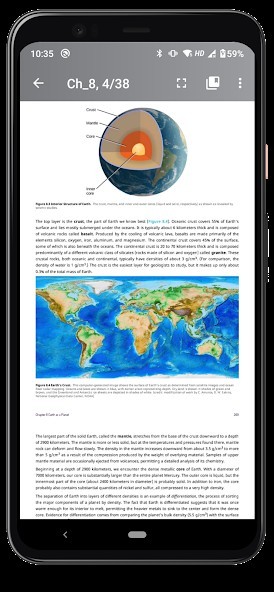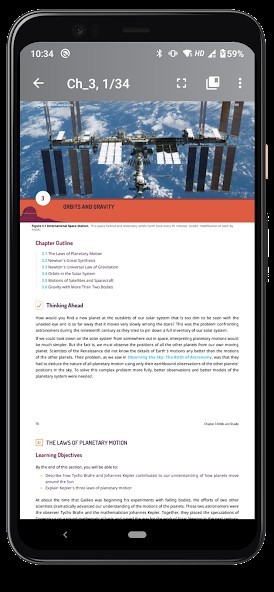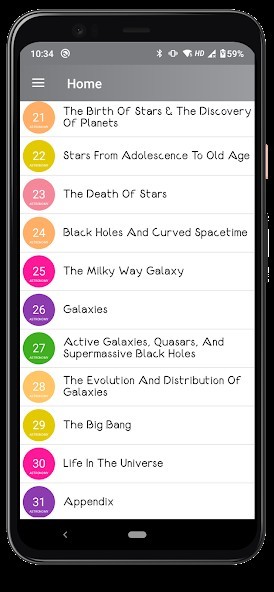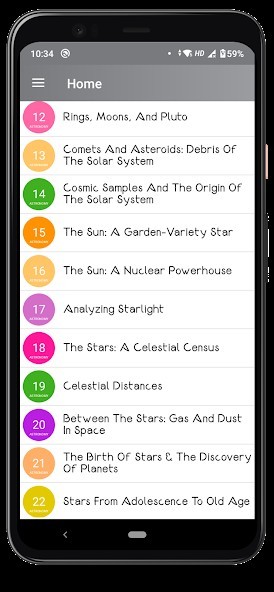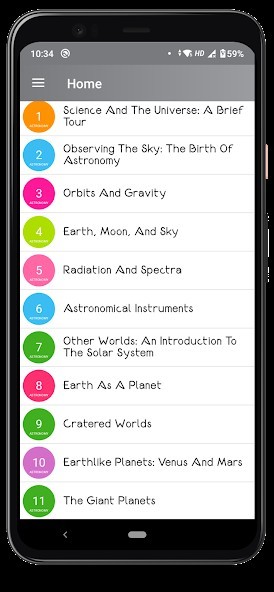
Astronomy
Rating: 0.00 (Votes:
0)
Astronomy is designed to meet the scope and sequence requirements of one- or two-semester introductory astronomy courses.
Astronomy, the study of the universe beyond the borders of our planet, is one of the most exciting and rapidly changing branches of science. Even scientists from other fields often confess to having had a lifelong interest in astronomy, though they may now be doing something earthbound—like biology, chemistry, engineering, or writing software.🔰Some suggestions to help you increase your chances of doing well in your astronomy class.
1. The best advice is to be sure to leave enough time in your schedule to study the material in this class regularly.
2. In class, use only a laptop or tablet for study purpose.
3. Try to take important notes during class. Many students start college without good note-taking habits.
4. Try to read each assignment in the textbook twice a day, once before it is discussed in class, and once afterward.
5. Form a small astronomy study group with classmates. Get together with them regularly and discuss on learning.
6. Before each exam, create a conclusive outline of the main ideas discussed in class and presented in your text.
7. If your professor suggests doing web-based sample quizzes, or looking at online apps, animations, or study guides, take advantage of these resources to enhance your studying.
✨Core Contents of the Application✨
1. Science and the Universe: A Brief Tour 2. Observing the Sky: The Birth of Astronomy 3. Orbits and Gravity 4. Earth, Moon, and Sky 5. Radiation and Spectra 6. Astronomical Instruments 7. Other Worlds: An Introduction to the Solar System 8. Earth as a Planet 9. Cratered Worlds 10. Earthlike Planets: Venus and Mars 11. The Giant Planets 12. Rings, Moons, and Pluto 13. Comets and Asteroids: Debris of the Solar System 14. Cosmic Samples and the Origin of the Solar System 15. The Sun: A Garden-Variety Star 16. The Sun: A Nuclear Powerhouse 17. Analyzing Starlight 18. The Stars: A Celestial Census 19. Celestial Distances 20. Between the Stars: Gas and Dust in Space
21. The Birth of Stars and the Discovery of Planets outside the Solar System 22. Stars from Adolescence to Old Age 23. The Death of Stars 24. Black Holes and Curved Spacetime 25. The Milky Way Galaxy 26. Galaxies 27. Active Galaxies, Quasars, and Supermassive Black Holes 28. The Evolution and Distribution of Galaxies 29. The Big Bang 30. Life in the Universe
👉At the end of each chapter in this textbook you, will find
✔Intelligence
✔Key Terms
✔Summary
✔For Further Exploration
✔Collaborative Group Activities
✔Exercises
User ReviewsAdd Comment & Review
Based on 0
Votes and 0 User Reviews
No reviews added yet.
Comments will not be approved to be posted if they are SPAM, abusive, off-topic, use profanity, contain a personal attack, or promote hate of any kind.
Tech News
Other Apps in This Category



